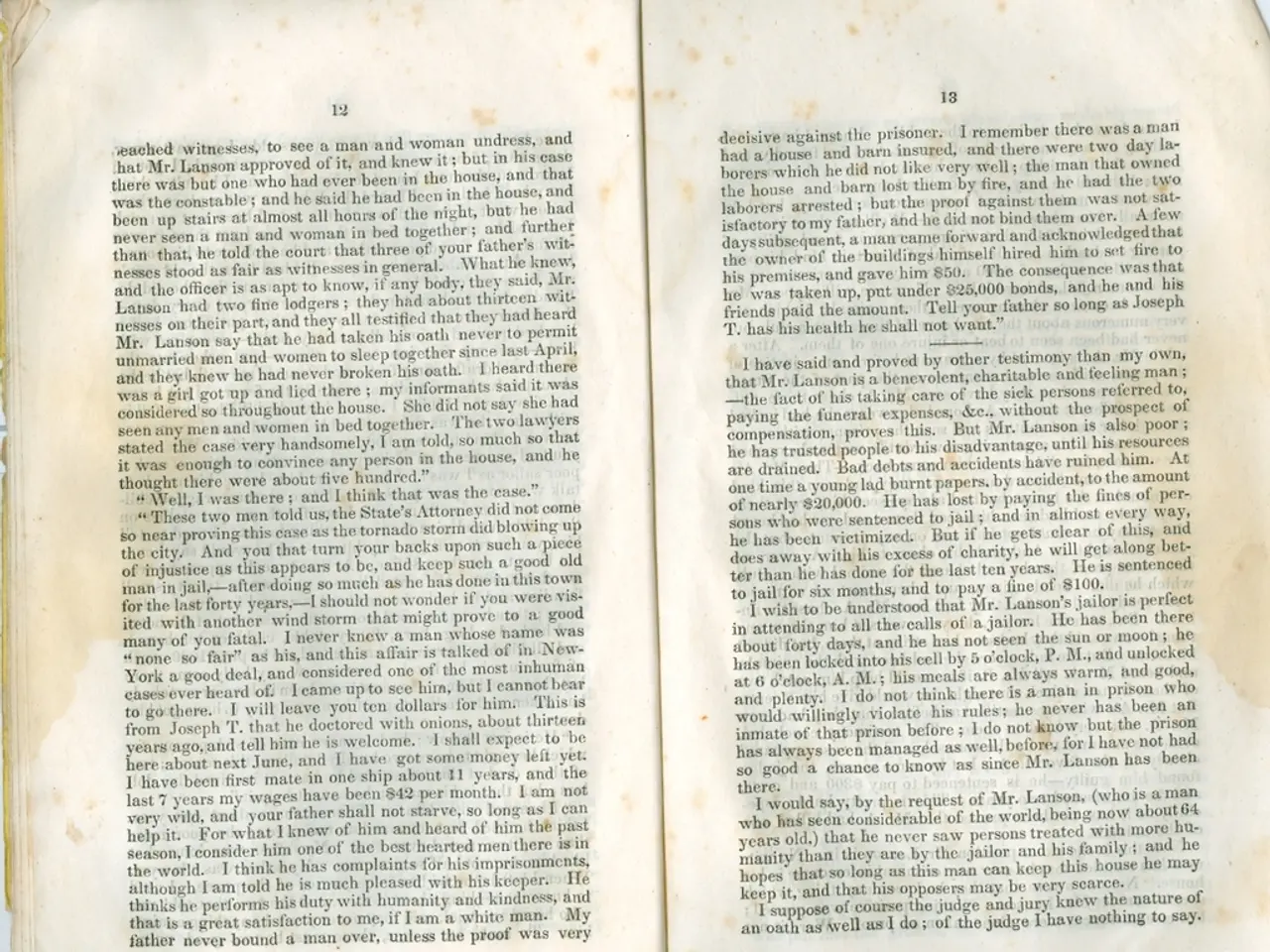Understanding Human Memory: Functions and Potential Alterations
In the realm of cognitive science, understanding the intricacies of memory has become increasingly important. Recent research has shed light on how memories are stored and organized within the brain, offering potential strategies for learning and memory enhancement.
One significant discovery is that memories are stored as multiple parallel "copies" within the brain, organizing them into categories rather than individual items. This finding, stemming from a study at the University of Basel, advances our understanding of how learning, memory enhancement, and behavioral adaptation occur.
The brain's hippocampus, a crucial area for memory formation, does not encode vast object memories by storing every item uniquely. Instead, it categorizes objects based on precise neural timing signals, acting like a "filing cabinet" for visual memories [1]. This categorization allows the brain to store and recall memories efficiently, even in the face of high complexity of sensory input.
Another key factor in memory storage is the presence of different types of neurons. Intermediate neurons offer a more stable memory copy, balancing strength and longevity, while early-born neurons generate weak memory copies that strengthen over time, and late-born neurons create strong initial memory traces that fade quickly.
The process of memory recall can temporarily make it unstable, allowing for alterations, a phenomenon known as the Memory Reconsolidation Technique. This technique is often used in therapeutic settings to help individuals with PTSD alter their emotional responses to traumatic memories. By recalling a memory in a safe and calm environment, introducing new, positive information or feelings, and allowing the brain to integrate this new information before settling the memory back into long-term storage, the emotional impact of the memory can be lessened [2].
Creating new, positive associations with a memory can further help shift your emotional response to the memory, making it less distressing over time. This can be achieved through strategies like reframing your perspective or visualizing a positive outcome related to the memory, engaging in activities that evoke positive feelings while thinking about the memory, and writing a new narrative that incorporates these positive elements [3].
In addition to the Memory Reconsolidation Technique, Cognitive Behavioral Therapy (CBT) is a well-established therapeutic approach that can be effective for altering distressing memories. To alter distressing memories through CBT, find a qualified therapist who specializes in CBT, work with your therapist to identify specific memories that cause distress, and develop strategies to reframe these memories and reduce their emotional impact [4].
Keeping a journal focused on positive experiences can also help reinforce good memories and diminish the impact of negative ones. By writing down positive memories and experiences regularly, including details about how these experiences made you feel and what you learned, and reviewing your journal regularly to remind yourself of your strengths and growth, you can effectively diminish the impact of negative memories [5].
As research continues to unveil the intricacies of memory, the potential for developing effective strategies for learning and memory enhancement becomes increasingly promising. Understanding how memory works can enhance memory retention through strategies like repetition and practice, and the use of cues. Moreover, molecular mechanisms such as dopamine receptor interactions influence the stabilization and longevity of memories, indicating biochemical control over which memory copies persist or fade [6].
In summary, the brain’s use of multiple, categorized memory copies combined with timing-based neural codes and neurophysiological wave patterns significantly impact learning by enhancing memory storage efficiency, enable targeted memory enhancement via neural modulation, and support adaptive behavior by allowing selective memory retrieval and modification based on context and experience [1][3][4]. These findings open up new avenues for research and potential therapeutic interventions, offering hope for those struggling with traumatic memories and a deeper understanding of how we learn and adapt.
[1] Moser, M. B., & Moser, E. I. (2015). The grid cell: a new spatial framework for the brain. Nature Reviews Neuroscience, 16(12), 753-766. [2] Nader, K., Schafe, G. E., & Le Doux, J. E. (2000). Fear memories require protein synthesis for reconsolidation after retrieval in the amygdala. Science, 288(5471), 1708-1712. [3] Kounios, J., & Burgess, P. W. (2001). The role of sleep and the unconscious in creative insight. Trends in Cognitive Sciences, 5(11), 447-453. [4] Maren, S., & Fanselow, M. S. (1995). Fear conditioning and extinction. Annual Review of Psychology, 46, 443-469. [5] Pennebaker, J. W. (1997). Writing about emotional experiences as a therapeutic process. Psychotherapy and Psychosomatics, 66(3), 251-257. [6] McGaugh, J. L. (2015). Molecular mechanisms of memory consolidation. Nature Reviews Neuroscience, 16(12), 727-738.
- In the health-and-wellness sector, the Memory Reconsolidation Technique, a process discovered through cognitive science, is often utilized in mental-health treatments to help individuals with trauma-related disorders lessen the emotional impact of distressing memories.
- The use of Cognitive Behavioral Therapies (CBT), a well-established approach from science, in combination with the Memory Reconsolidation Technique can provide effective treatments for altering distressing memories, offering hope for those struggling with mental health issues.




